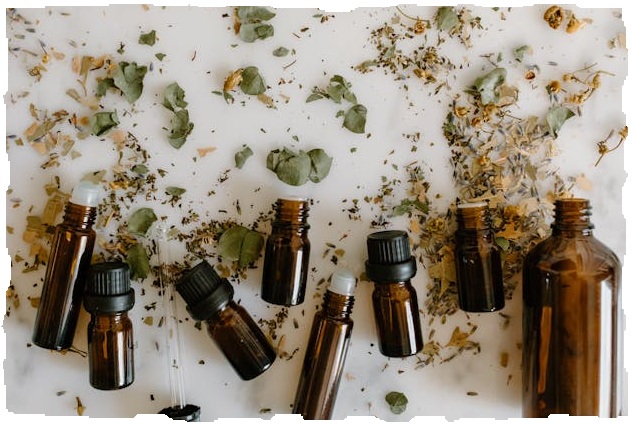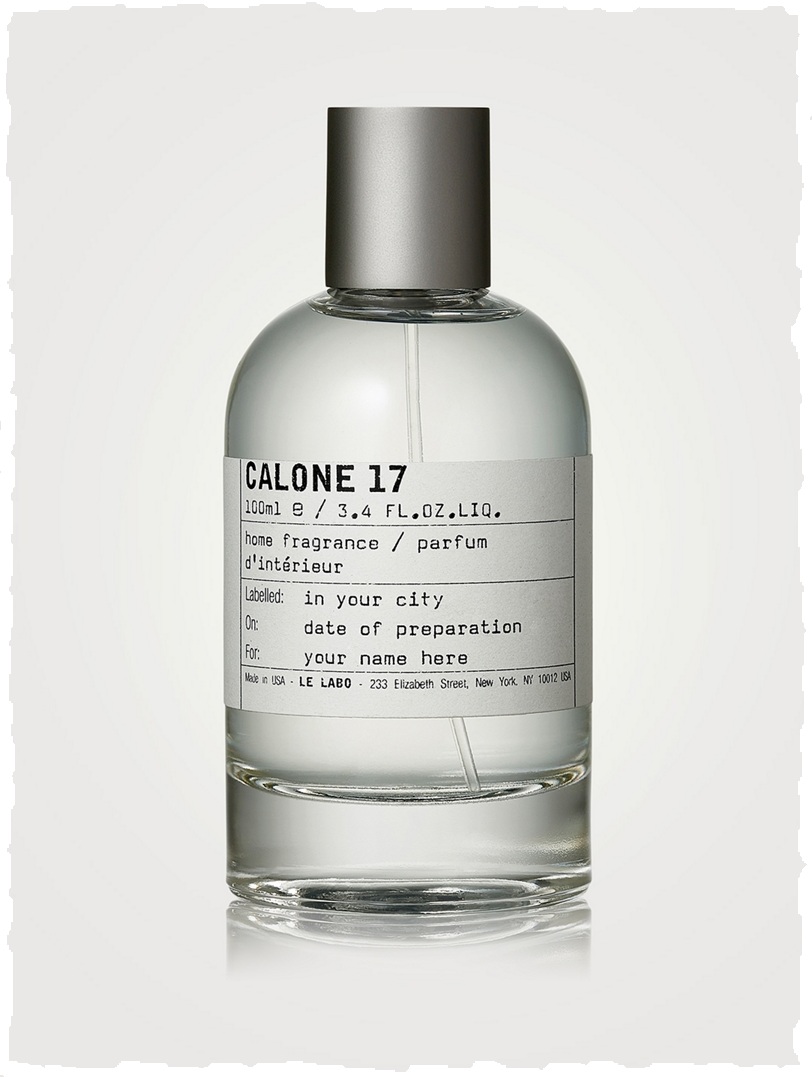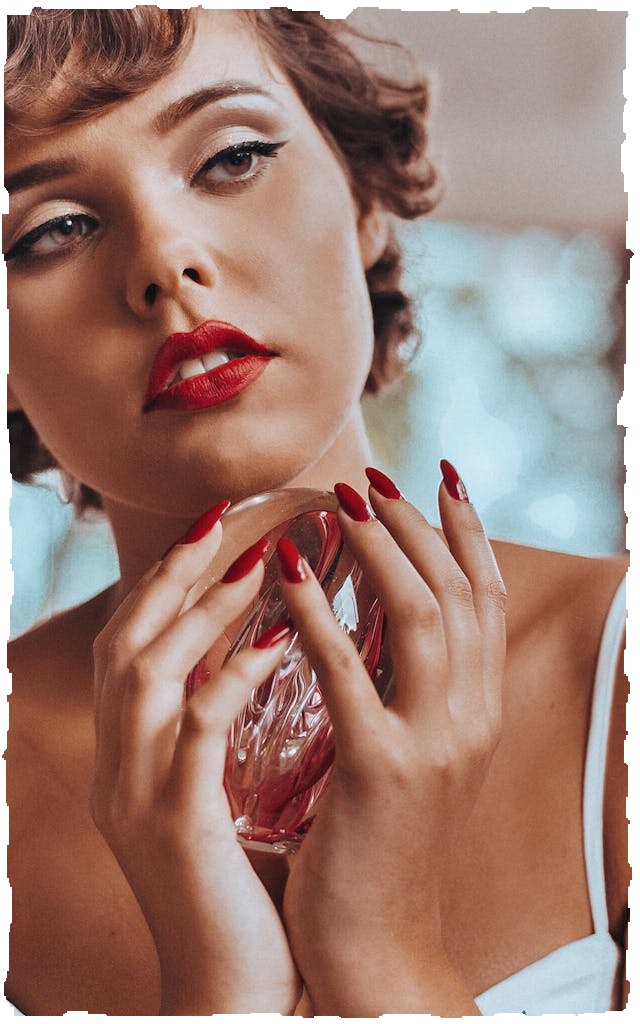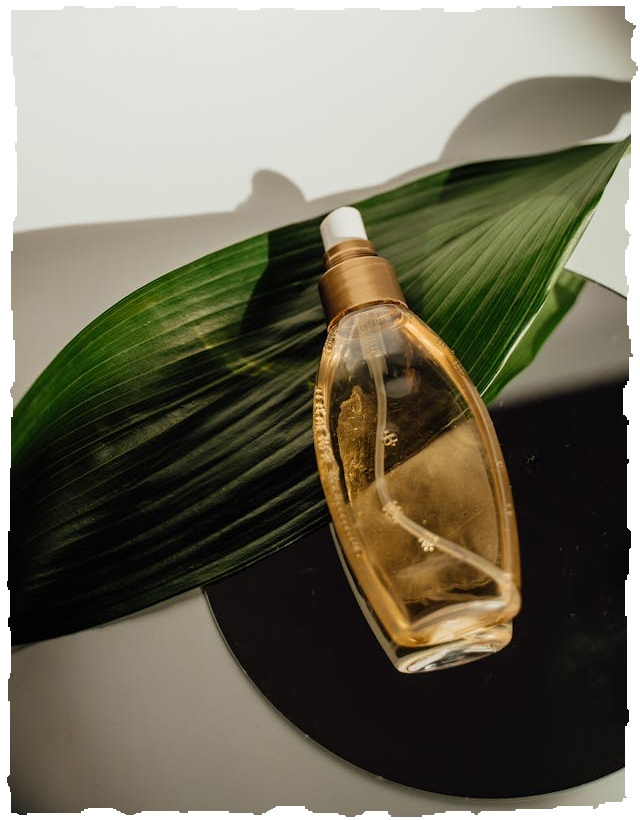Understanding Perfume Notes When Fragrance Shopping
8 Must-Know Perfume Notes for Savvy Shoppers

Understanding Perfume Notes before buying
Olibanum frankincense, patchouli, geranium, and ambroxan. What do all these notes mean? When you go fragrance shopping and see the note breakdown, you often wonder what the individual notes smell like. They're very hard for us consumers to isolate each note in a lab and experience them on their own.
I’ve decided to write this article to explain five of the most common perfume notes you might encounter at the men’s fragrance store that aren't too obvious. For example, let’s say you’re researching a fragrance like Cool Water Perfume by Davidoff and see a note called calone. You might be confused about what that smells like, but hopefully this article will help you.
When it's used in high concentrations, it smells like a very floral fragrance. It can be used in feminine perfumes when it's dosed that high, but in smaller dosages, it is used very commonly in the fougère family. For example, the Clive Christian V Amber Fougere by Clive Christian features this note for a bold and modern fragrance.
Note 1: Geranium

Let's start with geranium. Geranium has hundreds of different species that exist in the world, but only a handful are used for perfumery. The most common variant is the rose geranium, which is native to South Africa. And based on the name, you guessed it—the chemical composition of geranium is very similar to that of rose.
For the Cacharel Eau de Toilette spray that I own, the geranium note smells like a brighter, less feminine type of rose. It's floral, rosy, bright, a bit minty, with leafy facets. It has great versatility for many perfumes. First of all, it's much cheaper than rose oil, so a lot of perfumers substitute that to recreate the scent of rose but at a cheaper price. It's used in men's perfumery often as well, and a great option to consider at the men’s perfume shop. When it's used in high concentrations, it smells like a very floral fragrance. It can be used in feminine perfumes when it's dosed that high, but in smaller dosages, it is used very commonly in the fougère family. For example, the Clive Christian V Amber Fougere by Clive Christian features this note for a bold and modern fragranceNote 2: Patchouli

The second fragrance note is one of my favourites in all of perfumery—that is, patchouli. It is a flowering plant or herb that is part of the mint family, mainly found in Southeast Asia. It has a very natural, long-lasting, and strong scent that has been used for centuries for a variety of functions, including medicine, incense, insect-repelling, and, of course, in perfume.It's a very common note because, from what I know, patchouli is not a restricted item like oakmoss, which is limited and very difficult to use. Whereas patchouli is considered a safer ingredient and still very long-lasting, so you can use it in high doses. I own the 24 Faubourg Eau de Parfum Spray that contains the patchouli note. It smells Earthy, green, sweet, dark, and a bit medicinal as well. It adds a really interesting form of sweetness that still gives your perfume a lot of longevity.
When I make my perfumes, I struggle to make things with longevity, and patchouli is an easy remedy for that. Some famous examples of patchouli-based fragrances include Acqua di Gio Profondo Men Parfum Spray, which also includes notes of mastic, amber, musk, and rosemary
Note 3: Calone

Calone is the third note on this list. It is one of the most recent synthetics and most groundbreaking synthetics discovered that introduced a sea breeze effect to perfumery, which created the aquatics family. It was discovered in 1966 by Pfizer, which was experimenting with ketones to find a depressant. Pfizer made the benzodiazepine Valium, and also accidentally discovered another ketone, which they later called calone.
Calone smells like water from the ocean when you're standing next to it. It also has another name: being called a watermelon ketone, because it does have watermelon aspects to it. When you first apply a fragrance containing calone, there is a watermelon freshness to it. As it dries down, you get more of a cucumber facet to it. So, I think the more diluted the calone is, the more it’s going to smell like cucumber.
A famous perfume, Cool Water Perfume Davidoff, features calone as one of its notes. This was one of the founding pioneers of calone and pretty much set off the trend of aquatic fragrances. It gives a very airy, transparent, loud aquatic note you’ll find in the '90s. It’s soapy, musky, green, mixed with oceanic notes. It’s a classic. It is synthetic, it's very cheap, but it’s good for the price tag, I would say. Good longevity of about six to eight hours
Note 4: Ambergris

We started off with naturals, then went to synthetic molecules. Now we're going to go on to the animal products in perfumery. These are things like musks, castoreum, civet, and ambergris. Ambergris is famous in the perfume world, and a lot of people became rich from it in the early days. Nowadays, in the perfume industry, they’re trying to phase out using ambergris in general, just because it’s been associated with sperm whale hunting. It’s believed to be an intestinal secretion inside sperm whales to protect their intestines from tough things like squid beaks and cuttlefish.
Nowadays, many perfumes have synthetic replicas of ambergris. I would describe ambergris as sharp, clean, musky, and a little bit animalic. It has that amber-like facet to it, and it’s got some warmth in there, which is beautiful and reminds you of the ocean.
Jil Sander #4 Eau de Parfum Spray contains ambergris. With notes of peach, geranium, plum, violet, rose, civet, sandalwood, and much more, this fragrance gives a sophisticated scent perfect for the daytime. It’s long-lasting and a great option when fragrance shopping
Note 5: Civet

The last note on this list is civet, which is another controversial animal product traditionally used in perfumery. The perfume note “civet” refers to a perfume note as well as the animal that it comes from. A civet cat is a small mammal that’s sort of like a raccoon that lives mainly in Ethiopia. It’s been used since the 10th century by Arabs when someone decided that the perianal gland that civets use to secrete a waxy substance to mark their territory smelled great if diluted.
In its pure form, civet is foul and strongly smells of urine. However, if you dilute it enough, civet adds a nice radiance to your other notes. It adds a nice warmth to the fragrance and a sweetness. For instance, there is a Calvin Klein men’s fragrance called Obsession, which is an eau de parfum spray. It features notes such as civet, basil, peach, rose, cedar, and much more, giving it a mature, manly vibe.Final Thoughts
You can really improve your fragrance shopping experience by being aware of perfume notes like geranium, patchouli, calone, ambergris, and civet. Each of these components contributes distinct characteristics that influence a scent's personality, such as animalic warmth, aquatic freshness, marine muskiness, floral brightness, and earthy depth. All of them have contributed significantly to the history of fragrance, even though some are synthetic, some are natural, and some are even contentious. This guide should have made it clearer what these intricate notes smell like and how to use them.
Thanks for checking out the article. You can easily find your next fragrance online. It’s a great way to find great deals on Inasbay marketplace and explore a vast selection.
 |
Share |

 Login with Google
Login with Google




